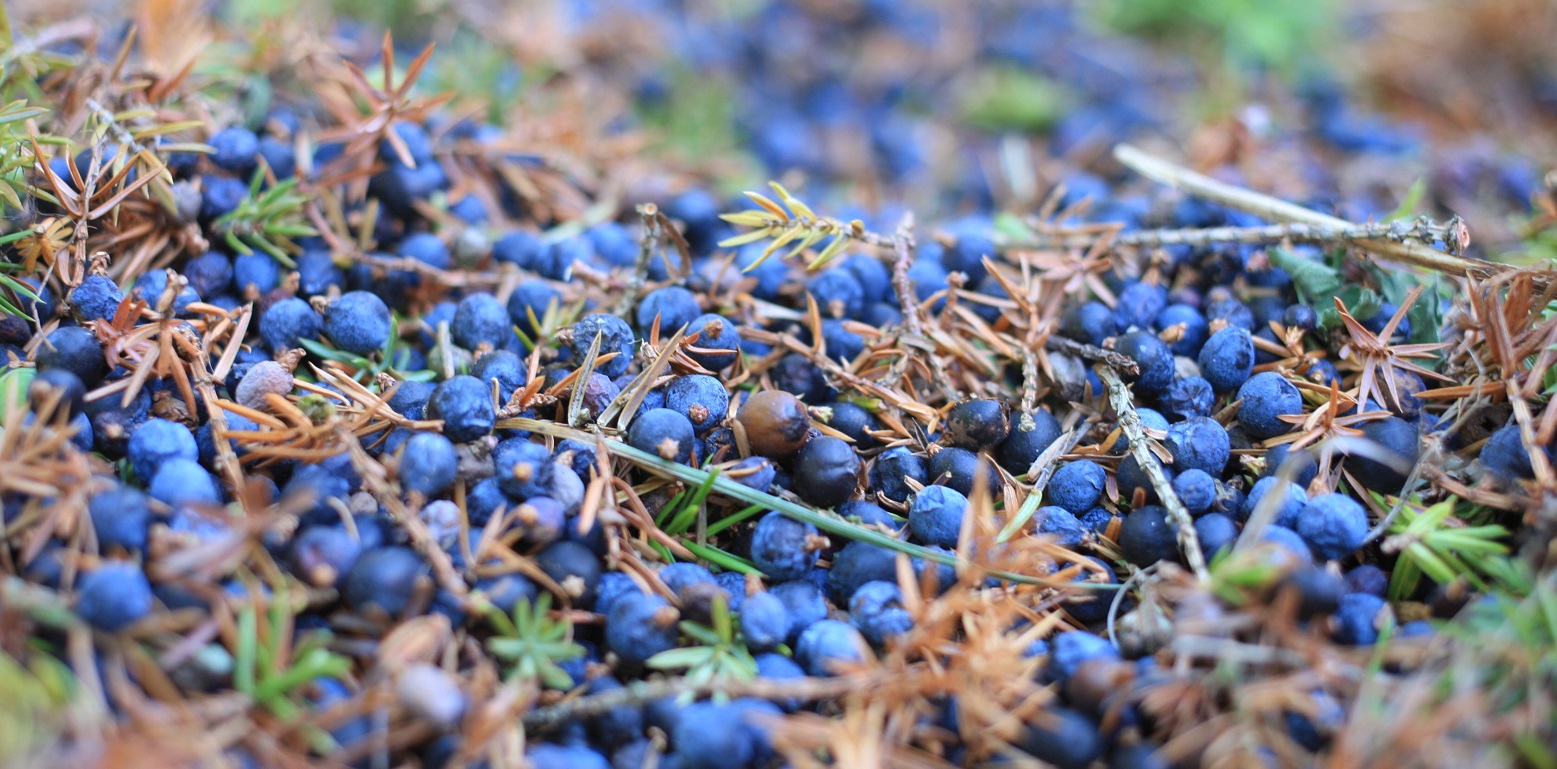The year 2021 marks a new era for us at Lahhentagge.
We (finally) have a home and can welcome you at our own premises.
In 2020 we acquired a former municipal house in the village of Lümanda and since then we have been preparing it for a move. The building, which has served for decades also people of Lahhentagge, is from the 1890s and our first visitors came last week with appropriate cars, honouring the history.
On the sunny Monday of this week, we moved also our still “Gottlieb,” taking it for a drive through some of the most picturesque roads of Saaremaa.
Maarit named the still of course after Fabian Gottlieb von Bellingshausen, the explorer who was born in Lahhentagge.
Our new Address is: Vallamaja, 93301 Lümanda, Saaremaa
And former Courtroom looks like this now — we are open during weekends.

















